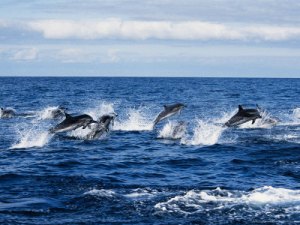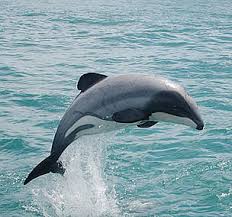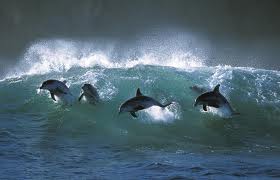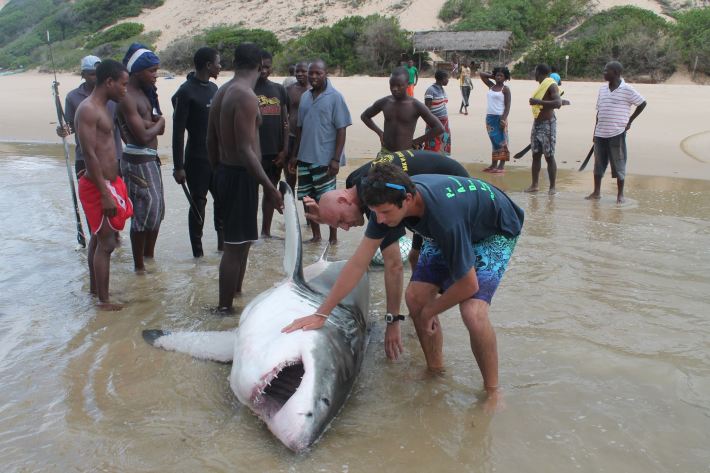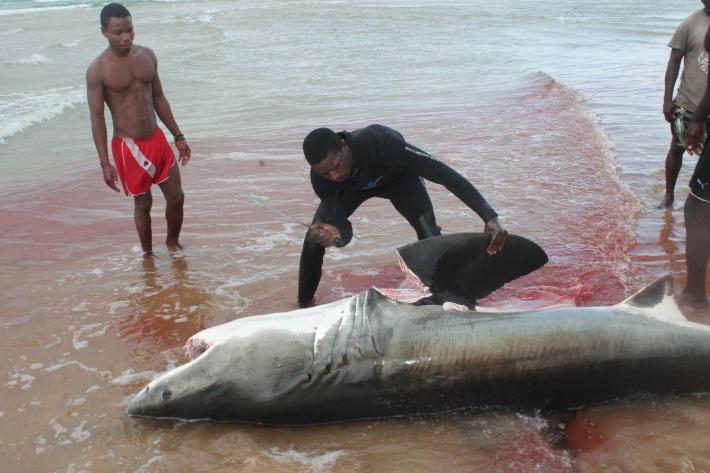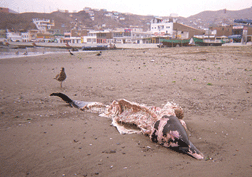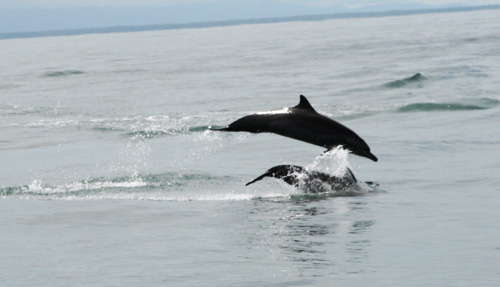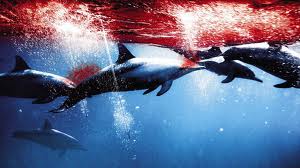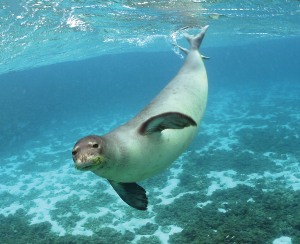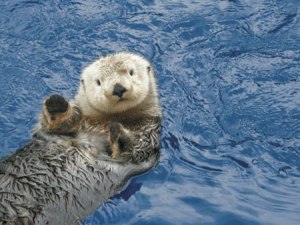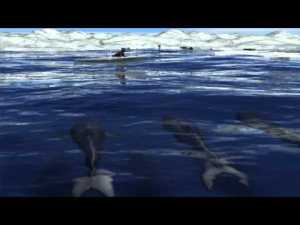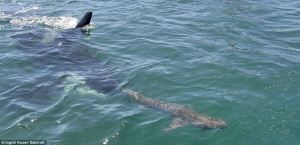I am sorry that it’s been so long since I’ve written. I’ve been having health issues, but I will hopefully be blogging more often from now on.
 Today, I attended the Awareness Film Festival in Los Angeles to see the film “Minds in the Water.” I previously blogged about this movie when I first heard about it (“Surfing For Thought: Minds in the Water”). Now that I have seen it, I can give you my account and more insight into the movie.
Today, I attended the Awareness Film Festival in Los Angeles to see the film “Minds in the Water.” I previously blogged about this movie when I first heard about it (“Surfing For Thought: Minds in the Water”). Now that I have seen it, I can give you my account and more insight into the movie.
Dave Rastovich, known by his friends as ‘Rasta,’ is more than just a professional surfer. He spends much of his free time as an activist, defending the rights of dolphins and whales. He founded the organization, Surfers For Cetaceans, to promote and support the conservation of cetaceans. On the show’s site, Rastovich lists the “Universal Declaration of Marine Mammal Rights.” Any proponent of captivity would be well-advised to read them.
 The film begins with images depicting dolphins and whales swimming free in their natural environment, unconcerned with the anthropogenic dangers that lurk around them. If only this depiction could become a reality.
The film begins with images depicting dolphins and whales swimming free in their natural environment, unconcerned with the anthropogenic dangers that lurk around them. If only this depiction could become a reality.
Rastovich’s commitment to the cause started when he felt a calling from the ocean. One day while he and a friend were surfing, they spied the dark shape of a shark coming towards them. Suddenly, as if out of nowhere, a dolphin had careened toward them and rammed into the shark’s gut. The dolphin’s act of heroism saved their lives. Rastovich, it was almost as if the universe had spoken to him, urging him to give back in return for his life being spared.
Paul Watson, the spearhead behind Sea Shepherd, makes an appearance in the film. 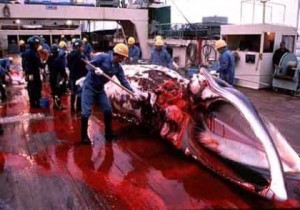 Rastovich spent a few days aboard the Sea Shepherd vessel, learning about whaling and Sea Shepherd’s efforts. The film describes the profitable industry that was established when whale hunting was converted to whale tourism. In comparison to whaling, not only is ecotourism sustainable, but it is a humane alternative.
Rastovich spent a few days aboard the Sea Shepherd vessel, learning about whaling and Sea Shepherd’s efforts. The film describes the profitable industry that was established when whale hunting was converted to whale tourism. In comparison to whaling, not only is ecotourism sustainable, but it is a humane alternative.
Rastovich became so committed to the plight of the cetaceans that for a couple of years,

The “smile” of a killer
everything else in his life, including his family, became secondary. He believes that we all need to become caretakers and defenders of our coastlines and the cetaceans. Rastovich’s journey led him to becoming acquainted with the Oceanic Preservation Society (OPS) and Ric O’ Barry, who created the movie “The Cove.” Rastovich traveled to the “killing cove,” which is located in Taiji, Japan. It is the here where thousands of dolphins each year pay for their popularity with their lives. A select few are chosen to become exhibitions at aquariums, while the others are brutally murdered. In the cove, Rastovich and five other surfers/activists, including Hayden Panettiere and Isabel Lucas, formed a paddle-out circle, to protest the dolphin hunt.
 Traditionally the surfer’s circle is a memorial ceremony, done to show remembrance to a departed friend. But this circle was formed to show remembrance to the dolphins that annually lose their lives in Taiji. The six activists returned to shore only after being forced back by the threatening jabs of forked poles. It was an emotional scene, haunted by dolphins’ screams and Panettiere’s cries. Rastovich describes his feelings of defeat, and how difficult it was for him to turn around, when he wanted nothing more than to free the frightened mammals.
Traditionally the surfer’s circle is a memorial ceremony, done to show remembrance to a departed friend. But this circle was formed to show remembrance to the dolphins that annually lose their lives in Taiji. The six activists returned to shore only after being forced back by the threatening jabs of forked poles. It was an emotional scene, haunted by dolphins’ screams and Panettiere’s cries. Rastovich describes his feelings of defeat, and how difficult it was for him to turn around, when he wanted nothing more than to free the frightened mammals.
This movie details Rastovich’s journey to activism, but he represents all of our voices. Rastovich was inspired to act about a cause that he was passionate about, something we should all do. If you want to help, you don’t have to do something as monumental as starting an organization or travelling to distant countries, but if we each changed one small thing about our lives, we could help change the world. We can all be courageous in our own ways. In fact, if you haven’t already, I invite you to (please) “sign” the Minds in the Water Visual Petition. All you have to do is upload a picture of yourself holding a picture of a dolphin or whale. The petition serves as a reminder that the world hasn’t given up on defending these creatures.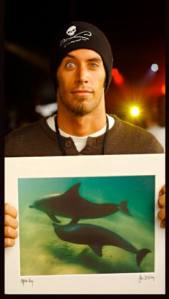
I urge everybody to see this film. It is an honest and inspiring account of a surfer turned activist.
“Our lives begin to end the day we become silent about things that matter” ~ Martin Luther King, Jr.
Related: “Surfing for Thought: Minds in the Water” & “Taiji Cove”
